In Hinduism, Brahma stands as one of the most significant deities, often referred to as the Creator. Brahma’s role, along with Vishnu (the Preserver) and Shiva (the Destroyer), forms the divine trinity, known as the Trimurti, that governs the cosmic functions of creation, preservation, and destruction. While Brahma’s presence is deeply woven into the fabric of Hindu philosophy, his prominence in worship has evolved over time. In this blog, we will dive deep into the identity of Brahma, explore his connections with other deities such as Shiva, Parvathi, and Murugar, and examine his role in the cosmic order.
Origins of Brahma: The Cosmic Creator
To understand Brahma, we must first look at the cosmic context within which he operates. According to Hindu mythology, Brahma emerged from a lotus growing from the navel of Vishnu, the Preserver, who was resting on the serpent Ananta. Brahma’s primary role is to create the universe and all living beings. However, unlike other deities, Brahma’s involvement typically concludes after creation. He is often depicted with four heads, representing the four Vedas (Rigveda, Samaveda, Yajurveda, and Atharvaveda) and the four yugas (ages) of time.
The significance of Brahma is rooted in the cyclical nature of time in Hinduism. Each day in Brahma’s life spans over 4.32 billion years, after which the universe dissolves into chaos, only to be recreated by him again. This cyclical view underscores the endless cycle of birth, death, and rebirth—a core concept in Hindu thought.
The Trimurti: Brahma, Vishnu, and Shiva
The Trimurti plays a pivotal role in understanding how creation, preservation, and destruction work in harmony. Brahma is the creative force, Vishnu the preserver, and Shiva the destroyer, responsible for regenerating the universe through destruction.
While Brahma creates the cosmos, it is Vishnu who sustains it, and Shiva who brings it to a necessary end. This trio forms a balance, ensuring that the universe remains in equilibrium. Without Brahma’s creation, there would be nothing to preserve or destroy, yet without Shiva’s destructive force, there would be no space for new creation.
An interesting observation is that while Vishnu and Shiva have large followings with dedicated temples and festivals, Brahma is comparatively less worshipped in contemporary Hindu practice. The rare Brahma temples, such as the famous one in Pushkar, Rajasthan, remain sacred, but few in number.
The Decline in Brahma’s Worship
You might wonder: If Brahma is the Creator, why is he not worshipped as widely as Vishnu or Shiva? This is one of the more intriguing aspects of Hindu tradition. Some legends suggest that Brahma’s waning prominence in worship is tied to a curse. The most popular story involves Brahma’s creation of the goddess Shatarupa, the first woman. So captivated was Brahma by her beauty that he grew a fifth head to constantly gaze upon her. Lord Shiva, angered by Brahma’s inappropriate behavior, severed his fifth head and cursed him to be worshipped less frequently.
Another explanation is that devotees often turn their prayers to Vishnu and Shiva because they are more involved in the ongoing affairs of the universe—preservation and transformation—while Brahma’s work is largely seen as complete after the creation. As creation is cyclical, worshippers are often more concerned with sustaining or transforming their present existence, explaining the emphasis on Vishnu and Shiva worship.
Brahma’s Connection with Shiva and Parvathi
While Brahma is traditionally viewed as the creator, his interactions with other gods, particularly Shiva and Parvathi, are crucial in understanding his place in Hinduism. As the story mentioned earlier demonstrates, Brahma’s actions do not always align with the lofty ideals of creation.
Shiva, as the destroyer, has a unique relationship with Brahma. In many stories, Shiva’s actions are not merely destructive but regenerative, making space for Brahma’s creations. One such myth involves the destruction of Brahma’s fifth head, underscoring the balancing act that exists between creation and destruction.
Parvathi, the consort of Shiva and mother of the universe, plays the role of both nurturer and protector. Her influence extends across creation, making her an embodiment of the Shakti or divine feminine energy that empowers creation itself. Though Parvathi and Brahma do not have as many direct interactions in Hindu mythology. Her presence as Shakti complements Brahma’s act of creation.
Brahma, Murugar, and Ganesh: The Next Generation of Deities
The significance of Brahma extends to his connections with younger deities like Murugar and Ganesh. Murugar, known as the god of war and the son of Shiva and Parvathi. Represents the youthful vigor and energy that drives cosmic functions forward. While Brahma creates the universe, it is Murugar who protects and defends it, especially in times of conflict.
Ganesh, the beloved elephant-headed god. Often invoked at the beginning of any endeavor, is also deeply connected to Brahma’s creative aspect. Ganesh is known as the remover of obstacles, which makes him a natural complement to Brahma’s role as the creator. Without Ganesh’s blessings, creation could be hindered by challenges and blockages.
Lessons from Brahma: The Symbolism of Creation
Brahma’s role in Hinduism extends beyond mythology and touches on deeper philosophical truths. He symbolizes the creative potential that resides within each of us. Every individual has the power to create their own reality, whether through thoughts, words, or actions.
In a broader sense, Brahma represents the natural world and the cyclical patterns of life. Just as he creates the cosmos, we too participate in the act of creation each day, whether through art, work, relationships, or personal growth.
Counterpoints and Alternative Perspectives
While Brahma’s role as creator is deeply revered, not all traditions place him at the center of creation. In some branches of Hinduism, the emphasis is more on Vishnu or Shiva as the supreme deity. For instance, Vaishnavism sees Vishnu as the ultimate creator, with Brahma serving more as an agent of his will.
In Shaivism, it is Shiva who holds the highest position. With Brahma being a subordinate creator within the cycle of destruction and regeneration led by Shiva. These differing perspectives add a layer of complexity to how Brahma is viewed within various Hindu traditions.
Conclusion: Embracing the Creator Within
Brahma, though not as widely worshipped today, holds an irreplaceable place within Hindu cosmology and philosophy. His role as the Creator is a reminder of the endless cycles of life, death, and rebirth, and how creation is only one part of a larger cosmic balance.
For those interested in exploring the spiritual realm and connecting with divine forces, you can find spiritual accessories, including rudrakshas and yantras, that symbolize these powerful deities at spiritualguru.lk. These sacred objects serve as reminders of the divine forces at work in the universe, allowing you to carry the energy of creation, preservation, and destruction with you on your spiritual journey.
By understanding Brahma’s story, we can better appreciate the intricate dance of creation, preservation, and destruction that defines not only the cosmos but also our own lives.

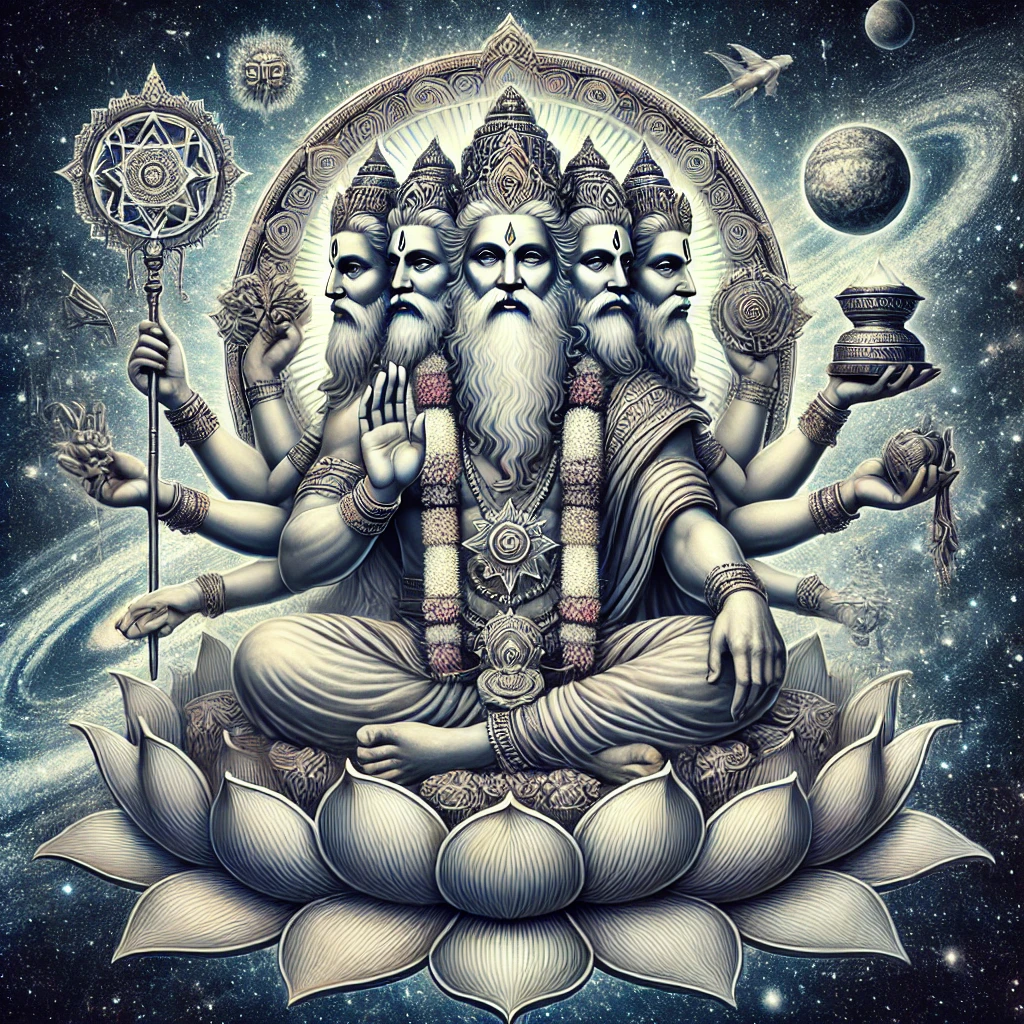
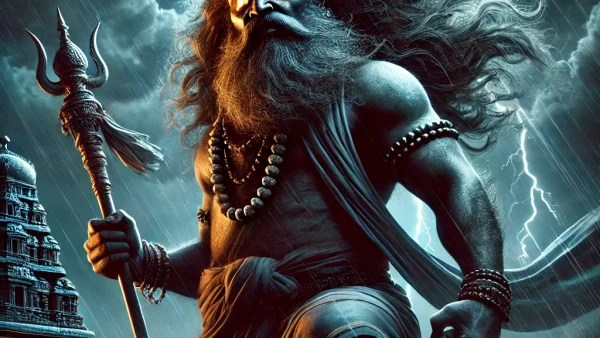
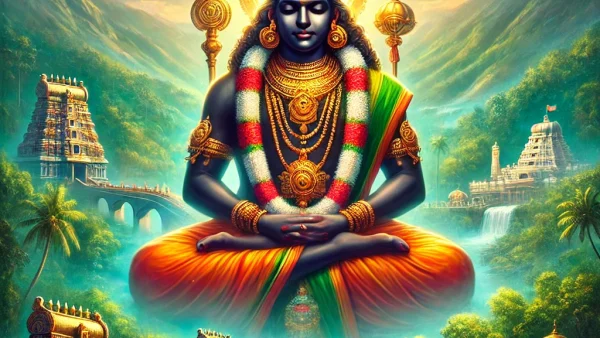
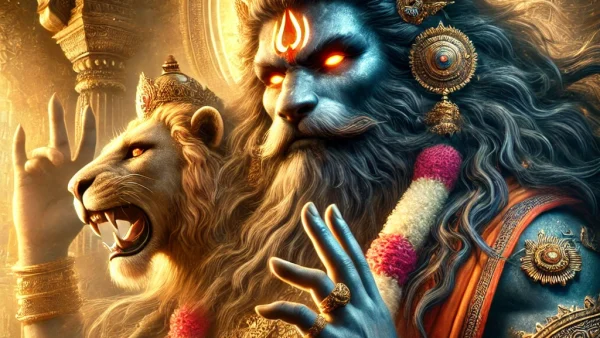
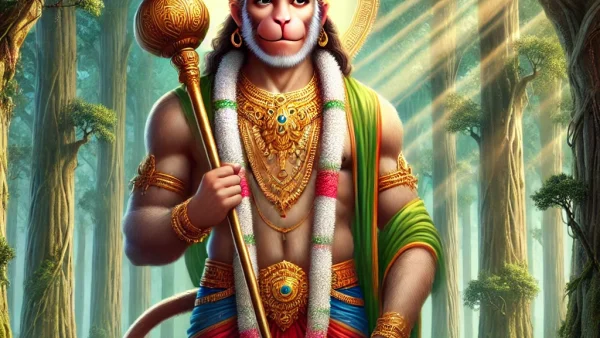
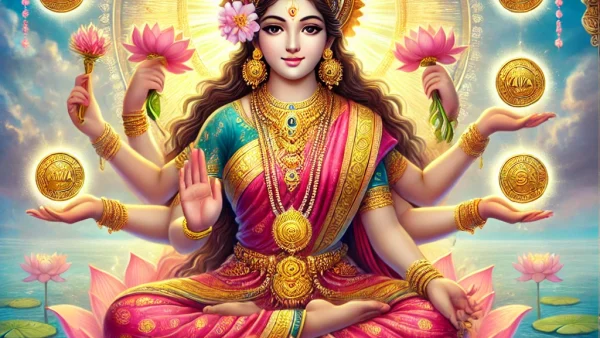
Pingback: Types of Shiva Lingam - Spiritual Guru
Pingback: Who is Kala Bhairava? The Fierce Guardian
Pingback: Who Is Lord Shiva? The Many Faces of the Supreme Deity - mantrarishi.com